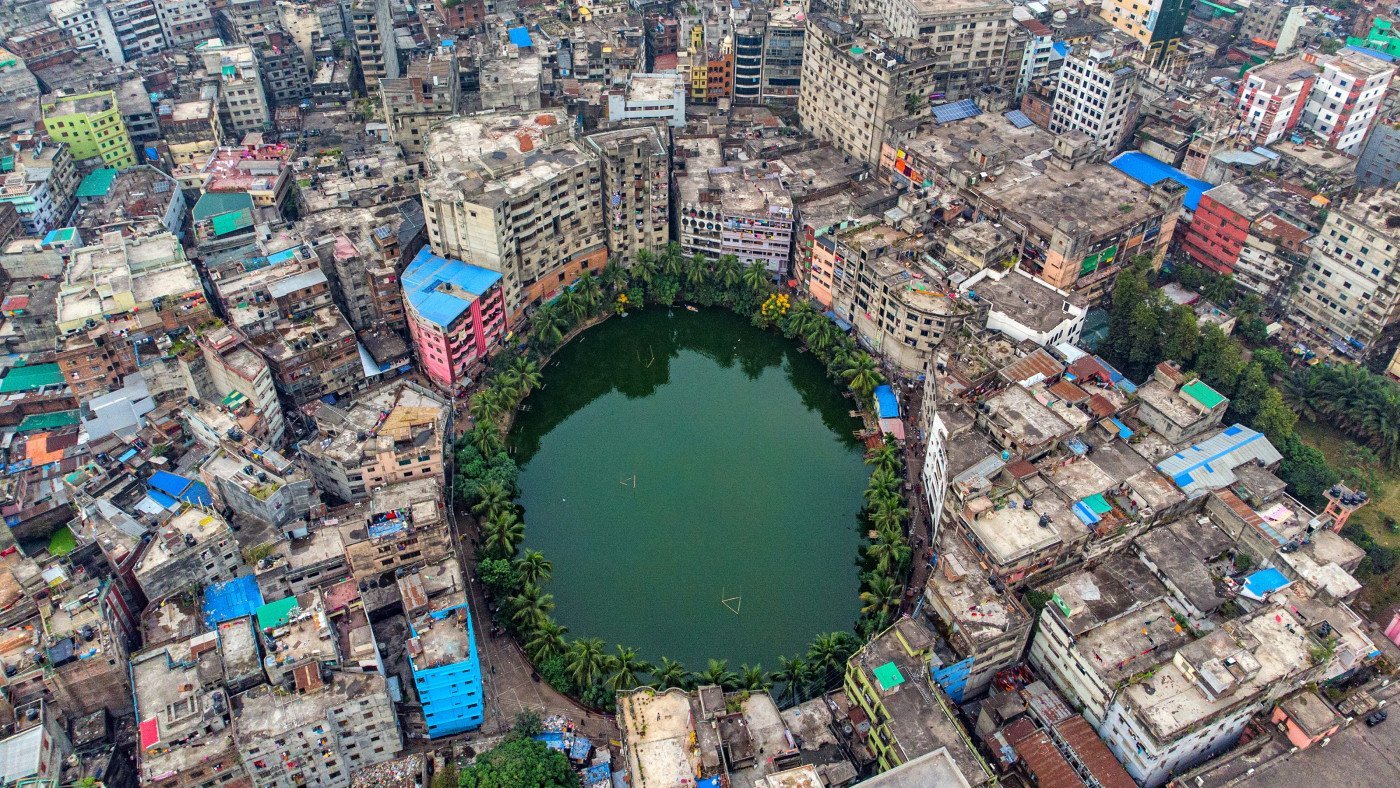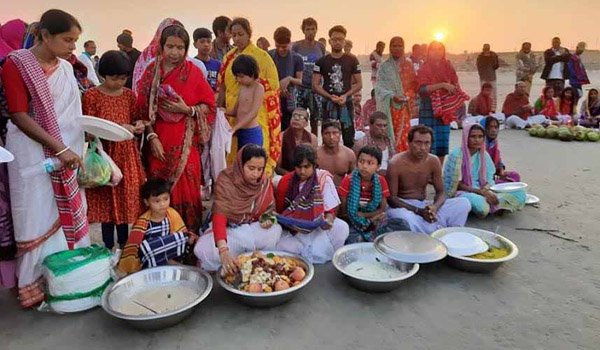Unveiling the Cultural Soul of the Marma Tribe in Bangladesh

A Living Legacy in the Hills
The Marma tribe of Bangladesh stands as a guardian of ancient traditions and timeless beauty. Living mainly in the serene Chittagong Hill Tracts, the Marma tribe reflects harmony between people and nature. This Indigenous community has safeguarded its customs for centuries while adapting to the modern world. According to Banglapedia, the Marma tribe ranks among the largest ethnic groups in the region. Their heritage enriches Bangladesh’s cultural diversity and continues to draw the attention of researchers and travelers.
Tracing the Roots of the Marma Tribe
The origin of the Marma tribe reaches back to the Arakan region of present-day Myanmar. The name “Marma” is derived from “Myanmar,” showing the link between their ancestral land and present identity. Historical records from Britannica note that many Marma migrated to Bengal between the sixteenth and eighteenth centuries. They settled across the hilly frontiers, finding safe ground for their families and traditions. Over time, their settlements formed the core of Marma villages that now flourish across Bandarban, Rangamati, and Khagrachhari.
Where the Marma Tribe Lives Today
Today, the Marma tribe thrives mostly in the three hill districts of southeastern Bangladesh. In Bandarban, they make up nearly one fifth of the total population. In Rangamati, they are also among the most visible Indigenous groups. A survey by Wikipedia shows that in some upazilas, the Marma people form nearly half of local residents. Many also live near rivers such as the Sangu and Karnafuli, where the land supports both farming and fishing. This close connection to the hills and water continues to shape Marma life and identity.
Language and Communication
The Marma tribe speaks a language belonging to the Tibeto-Burman family, closely related to Burmese. The language once used a traditional script adapted from Burmese characters. Studies cited by 7000 Languages show that Marma speech varies slightly by region, with distinct northern and southern accents. However, most Marma people today also speak Bangla for education and trade. Younger generations face challenges maintaining fluency, but community programs are helping preserve the mother tongue. A feature from MIT News describes efforts by Marma scholars to digitize and document their language for future learners.
Faith and Beliefs of the Marma Tribe
Buddhism defines much of the spiritual life of the Marma tribe. Around ninety percent of Marma follow the Theravada tradition, according to Joshua Project. Each village often has a small monastery or pagoda where monks guide community prayers. Festivals such as Buddha Purnima, Kathin Chibar Dan, and Sangrai bring people together for worship and celebration. Sangrai, the Marma New Year, marks a time of renewal, when homes are cleaned and decorated and water is sprinkled to wash away sorrow. This deep spirituality helps sustain unity among the Marma people even during hardship.
Everyday Life and Customs
In daily life, the Marma tribe shows remarkable simplicity and discipline. Houses are usually built on bamboo stilts to protect from floods and wild animals. Families grow rice, ginger, turmeric, and vegetables using jhum, a traditional shifting cultivation method described by Nijhoom Tours. Food plays a vital role in social life. Meals feature rice, bamboo shoots, local greens, and fish. Marma women wear colorful thami skirts with blouses, while men wear lungis paired with shirts. Every village maintains a spirit of cooperation, where neighbors share labor during planting and harvest seasons.
Art, Music, and Festival Joy
Cultural expression remains central to the Marma tribe. Music, dance, and storytelling preserve ancestral memories. Instruments such as drums, gongs, and flutes accompany traditional songs during festivals. During Sangrai, young men and women perform community dances, symbolizing joy and friendship. The event also includes games and water-splashing ceremonies that attract visitors each year. As Bangladesh.com explains, such gatherings strengthen social ties and keep the youth engaged with their cultural roots. The Marma tribe sees art not as entertainment alone but as an act of gratitude to life itself.
Social Structure and Family Values
Social harmony is the foundation of Marma life. Villages follow a local leadership system led by a headman known as karbari. Matters of land, marriage, and community disputes are resolved within customary law. The society is largely patriarchal, but women hold respected positions, especially in cultural and economic activities. Families emphasize honesty, cooperation, and respect for elders. Children grow up learning moral teachings from Buddhist monks and community elders. These values have helped the Marma tribe remain strong even amid modern pressures described in Asia Foundation.
Education and Social Progress
The Marma tribe has made steady progress in education, though access remains uneven. Schools in remote hills are often hard to reach, and lessons are mostly taught in Bangla rather than in native languages. The national literacy rate is about seventy-five percent, but in Bandarban it is closer to sixty-four percent, as shown by Wikipedia. To bridge this gap, local groups and Buddhist monasteries run community schools. The government and NGOs are also working to improve education facilities and scholarships for Indigenous children. As opportunities grow, many young Marma students are excelling in universities and professional fields.
Challenges in the Modern World
Modernization has brought both progress and struggle to the Marma tribe. Rapid development projects and migration have affected traditional farming lands. Land ownership remains a sensitive issue as many families depend on ancestral plots for survival. Cultural erosion is another concern. As mainstream entertainment dominates media, younger people often lose touch with their language and customs. Reports from Asia Foundation highlight how storytelling initiatives now help reclaim cultural confidence. Balancing progress and preservation has become the key challenge for the Marma tribe today.
Women and Community Empowerment
Women play a crucial role in Marma society. They lead markets, manage households, and craft traditional textiles. Many women’s cooperatives focus on weaving, small farming, and education projects. These initiatives provide income and boost social inclusion. In recent years, Marma women leaders have entered local politics and advocacy, following examples like Ma Mya Ching from Bandarban. Organizations supported by The Asia Foundation continue to promote gender equality and leadership training. Their success stories reflect the growing influence of women in shaping the Marma tribe’s future.
Preserving Language and Heritage
Language is more than words for the Marma tribe. It is memory, identity, and connection. Efforts to preserve the Marma language include creating written materials, teaching in local schools, and publishing bilingual storybooks. Community radio stations also broadcast programs in Marma, helping reach remote areas. Cultural centers in Rangamati and Bandarban now hold annual exhibitions that feature traditional crafts, photography, and musical performances. As MIT News reports, digital tools are being used to archive oral stories and traditional songs. These steps ensure that the Marma voice continues to be heard.
Economic Shifts and Sustainable Development
Agriculture remains the backbone of the Marma tribe, but diversification is increasing. Tourism offers new income opportunities as travelers seek authentic cultural experiences. Local guides, handicraft shops, and eco-lodges bring revenue while promoting cultural exchange. Projects promoted by Nijhoom Tours show that community-based tourism can sustain livelihoods without harming the environment. Meanwhile, young entrepreneurs in Bandarban and Rangamati are starting small digital businesses, connecting local crafts to national and global markets. These trends mark a hopeful shift toward sustainable growth.
The Future of the Marma Tribe
The Marma tribe stands at a turning point where tradition meets transformation. With improved roads, education, and communication, opportunities for growth are greater than ever. Yet, cultural identity remains the heart of their resilience. Preserving language, rituals, and ancestral wisdom will protect what makes the Marma tribe unique. Scholars and policymakers agree that inclusive development must involve Indigenous voices. As Banglapedia emphasizes, recognizing ethnic diversity strengthens the national identity of Bangladesh itself.
A Symbol of Harmony and Hope
The Marma tribe offers the world an inspiring message of coexistence. Their peaceful faith, artistic spirit, and connection to nature remind us that progress need not erase tradition. When visitors explore Bandarban’s hills, they witness a culture that thrives on unity and respect. By supporting cultural preservation, everyone can help ensure that the Marma tribe’s story continues. The hills of southeastern Bangladesh will then remain not just beautiful landscapes but living museums of courage and culture.






